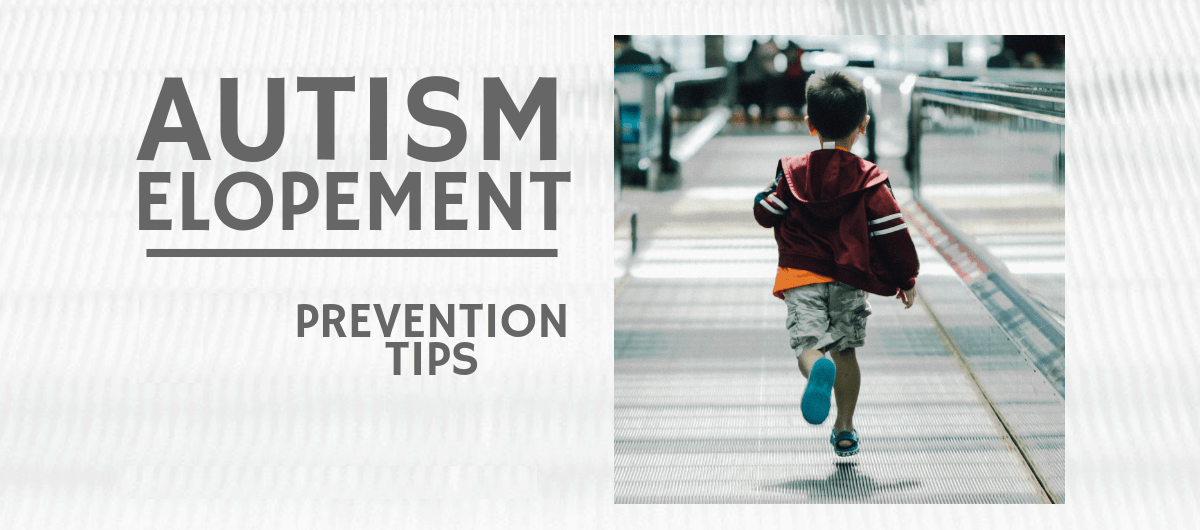Children with Autism Spectrum Disorder (ASD) often have a tendency to run away when they are strolling on the street with their family. These behaviors concern parents greatly since it is dangerous. Meanwhile, it also makes the parents feel embarrassed for running after or shouting at their child on the street.
However, in most cases, the reason behind such behavior is not that they are naughty by nature, but indicates a lack of danger awareness. When they see places or items they like (i.e. temptations in the environment), they may rush to these places straight away.
When your child with ASD exhibits these kinds of behavioral issues, we can teach them tagging and waiting skills.
Stage 1 – Tagging
You can prepare some tokens or stickers, and choose a location where your child has few chances to run away, such as at home or in a lobby. Present an instruction, such as your child, “Now, let’s practice walking together/walking with me.” At first, you can lead your child by two or three steps at a normal pace, and then praise your child and give him/her a token or sticker as reinforcement. From here on, you should repeat the above steps until your child receives all the tokens or stickers, upon which reinforcement should be delivered immediately.
This stage aims at having your child understand that he or she should follow you when walking. Finding a place where your child cannot run away easily will help the child and you achieve the goal more successfully. Once your child can tag along in these areas with fewer temptations, you may begin to increase the duration, such as asking your child to tag five to six steps or more before giving him/her reinforcement.
Stage 2: Endure Temptation
Once your child understands tagging, you can move to stage 2. The goal of this stage is to let your child keep tagging you and not run away even when he/she sees his/her preferred places or items (i.e. temptation). In the beginning, a place without temptation around may be a good start for training, and tokens or stickers can be used as a reward. After your child wins several tokens or stickers, you can lead him/her to somewhere enticing and attractive (with temptation around). At this stage, you should reward your child with tokens or stickers more frequently to remind him/her of the proper behaviors.
Stage 3: Teach Communication Language
For children with higher language ability, we can teach them to suggest the places they want to go verbally. When you notice your child desires to go to somewhere, you can verbally prompt him/her by saying, “Say, ‘I want to go to that place!’”. If your child copies your words, you should show your approval and walk slowly to the desired place with him/her. If your child runs away before requesting, you should stop him/her immediately and tell him/her, “You didn’t walk with me!”. Together, step back as a penalty for not following you.
When your child can consistently tag along with you each time and request to go to desired places with words, you can begin to ask him/her to wait or refuse his/her request. If your child can stay calm and wait, you should give him/her a big reward!
Stage 4: Fade Tokens or Stickers
At this stage, you can begin to deliver reinforcement intermittently. Ultimately, stickers and tokens should be faded completely, and reinforcement should only be delivered upon arrival at the destination. For instance, you can tell your child, “Let’s go to the supermarket. Remember, we need to walk together.” Then you walk all the way to the destination with your child. If your child runs away in between, you can go back to the starting point with your child and start again.
To learn more ABA techniques and programs from AP, please study from our online resources platform
by Kan Wong (Autism Partnership Program Director)

